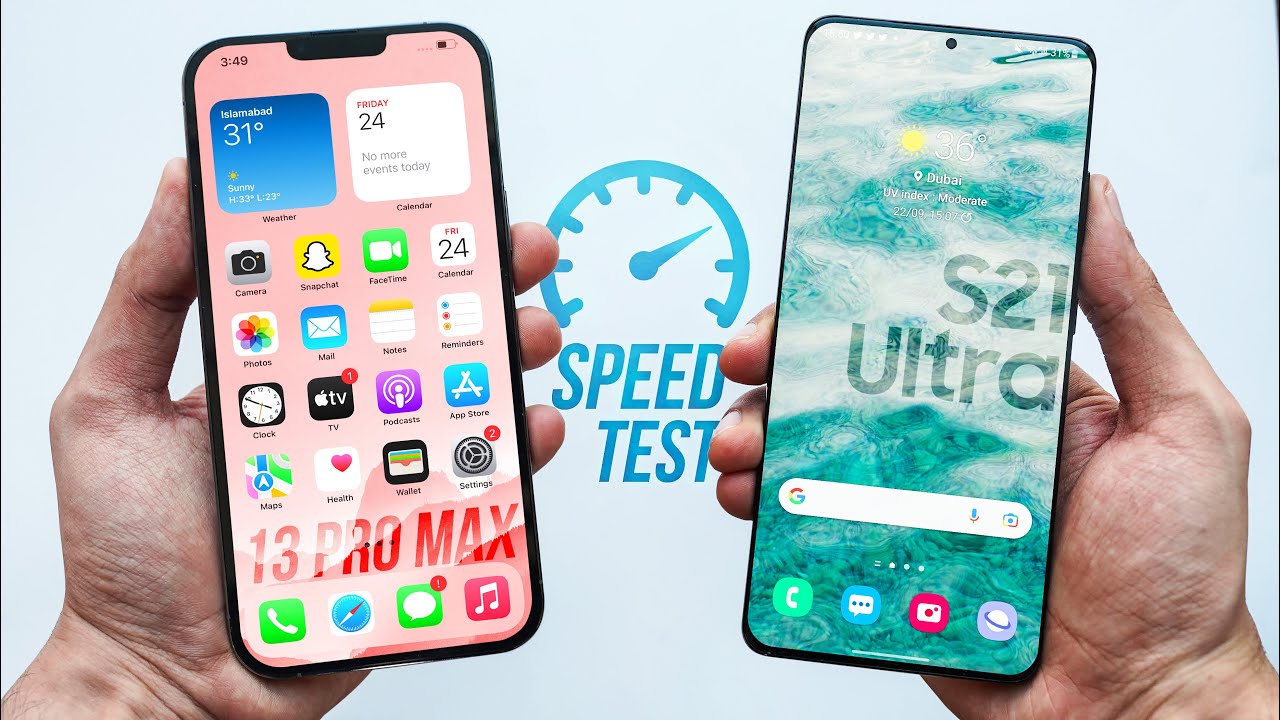
The iPhone 13 series comes with Apple’s latest A15 Bionic chip, which the company claims is up to three times faster than the competition. So, how does the A15 Bionic inside the iPhone 13 Pro Max fare against the Samsung Galaxy S21 Ultra and its Snapdragon 888 chip?
A detailed speed test from YouTuber XTeeTechCare answers that question. The Galaxy S21 Ultra is easily the best flagship Android smartphone in the market, with up to 12GB RAM and a powerful Snapdragon 888 chip. The iPhone 13 Pro Max features a six-core A15 Bionic chip along with 6GB RAM.
The A15 Bionic understandably dominated the Geekbench benchmark and was faster than the Galaxy S21 Ultra’s Snapdragon 888 chip in every scenario. The gap in single-core performance was nearly 70 percent.
Moving on to real-world testing, the results were a mixed bag. In most cases, both phones took around the same time to load heavy apps and games. In others, the Galaxy S21 Ultra was a wee bit faster, while the iPhone 13 Pro Max loaded some apps and games more quickly. The difference between the two phones while loading in-game assets was also minute, to say the least.
While rendering a video using Premiere Rush, the iPhone 13 Pro Max pulled significantly ahead of the Galaxy S21 Ultra. The former was able to render a 4K video almost 60 percent faster than Samsung’s offering.
In the multitasking department, the iPhone 13 Pro Max surprisingly performed better than the Galaxy S21 Ultra despite having half the RAM. The iPhone was able to keep almost all heavy apps and games like Subway Surfer, Asphalt 9, TikTok, PUBG, and more in its memory. The Galaxy S21 Ultra, however, unloaded almost all big apps and games.
The speed test does make one thing clear: the performance gap between flagship iPhones and Androids is no longer that evident despite the faster A-series chips on the former. It is only when doing something intensive or switching between heavy apps that you’ll see the difference.
